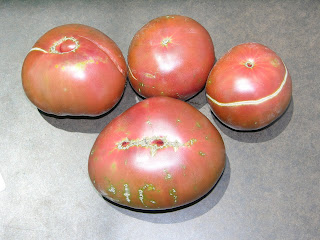 |
Roses Should Never Be Grown
In Rock Mulch |
Q. I read your column and have a question. I have two rose plants both have very dried blossoms on them. WHAT should I do? Cut them back 1/3, fertilize, or leave it alone until the weather cools? The heat has “mummified” the roses that did bloom. All on the branches. We lived in Hawaii for many years, and I am uncertain how to grow roses here...Hawaii so much easier!
A. Roses do surprisingly well here in our desert. We have two rose societys here in the valley with some very avid rose growers, some with hundreds of roses in their yards. The best time of year for roses is in the spring in the fall, months from February to May and then later when it’s cooler again beginning about mid September into mid December.
If they are planted in front of a wall with reflected heat (west and south facing walls) they will do well all winter long. The worst time of the year for roses, and the time when they struggle the most, is June through August. The flowers do exactly as you are talking about. They will bloom and the flowers shrivel up and die very quickly in our heat and lack of humidity.
Never grow roses in a rock mulch here always use a wood mulch. The best wood mulches are chipped or shredded landscape plants that arborists normally take to the landfill.
 |
| Roses growing in Las Vegas in wood mulch |
Roses do great on drip irrigation. Use two, 3 gallon per hour emitters per rose plant and irrigate for 1 hour. That will deliver 6 gallons of water. In the heat of the summer irrigate three times a week if you are using wood mulch. Go to twice a week in mid or late September, once a week in mid to late October, and once every 10 days after the leaves drop. Repeat this in reverse in the spring as the temperature gets hotter starting with once a week on February 1.
Fertilize in January with a slow-release rose fertilizer plus a soil-applied iron chelate applied under the wood mulch next to the emitters. The fertilizer stakes work great and are not as messy. The best soil applied iron chelate is going to be one which contains the chelate EDDHA.
I know that Plant World Nursery on Charleston carries this iron chelate but it is always expensive. So does Grow Well on Nellis. You only need a small amount per rose plant. I would fertilize a second time, two weeks before the second crop in the fall comes on.
What should you do now? Remove any of the flowers that if mollified and cut off any dead or dying branch is and leave it alone until after leaf drop in late December. Do your pruning at this time.










